The Mysterious Origins of Going Completely Limp
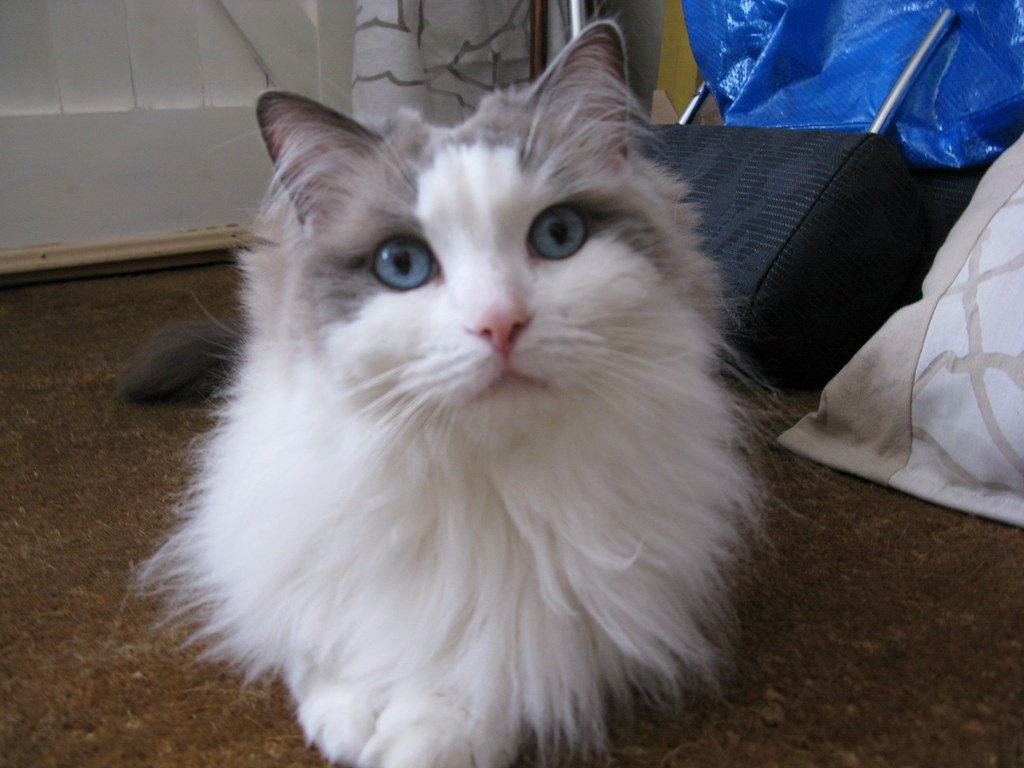
Picture this: you pick up a massive, fluffy cat and suddenly it transforms into what feels like a warm, breathing pillow. That’s the Ragdoll’s signature “flop” – a behavior so distinctive it literally gave the breed its name. Most people think this complete limpness happens because Ragdolls can’t feel pain, but that’s actually a dangerous myth that’s been floating around for decades.
The truth is far more fascinating. When Ann Baker developed the Ragdoll breed in California during the 1960s, she noticed her cats had an unusually docile temperament. They would go completely relaxed when picked up, almost melting into your arms like a child’s stuffed toy.
Why People Think Ragdolls Are Pain-Free
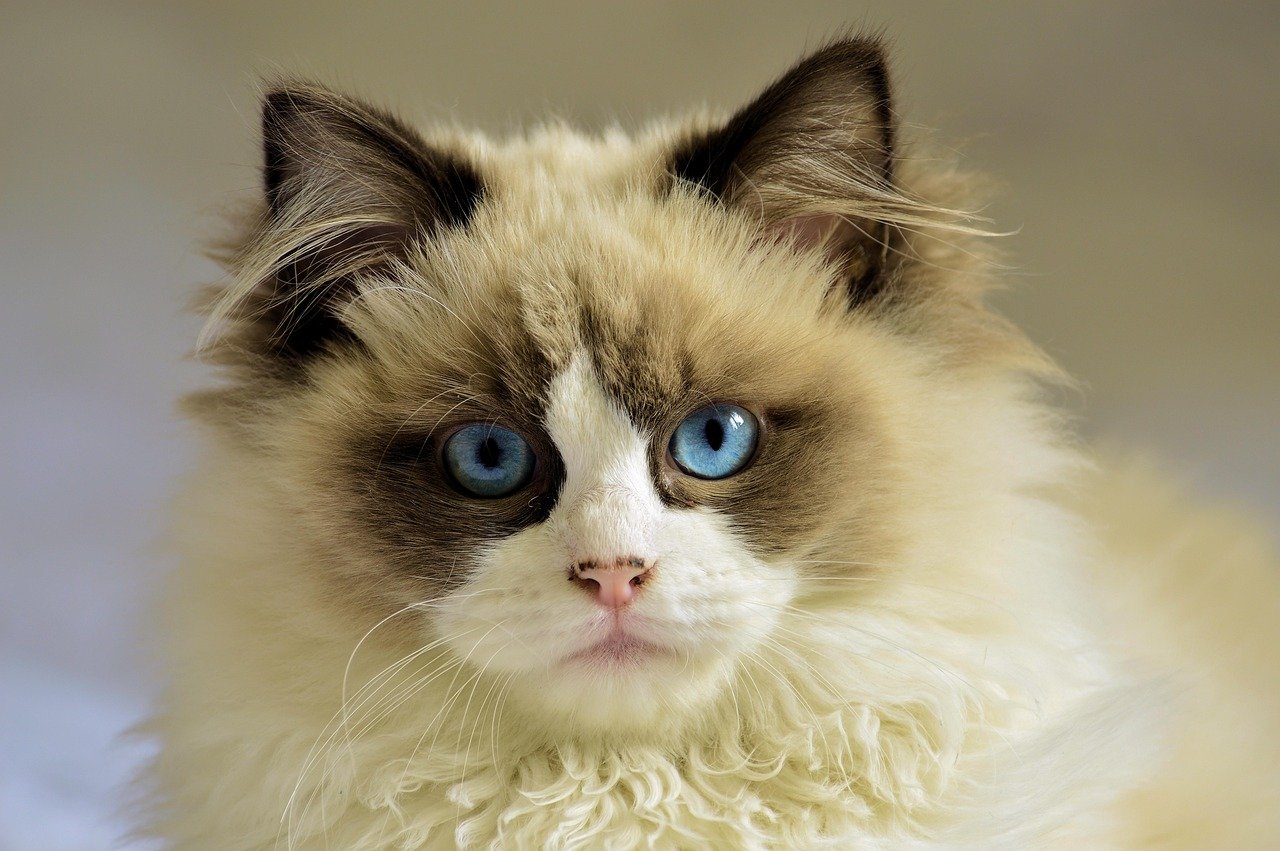
The confusion started with Ann Baker herself, who made some pretty wild claims about her cats. She suggested that a car accident involving the foundation cat, Josephine, somehow altered her genetics and made her offspring unable to feel pain. This bizarre theory spread like wildfire through early cat fancy circles.
Veterinarians have since debunked this completely. Ragdolls feel pain just like any other cat – they’ll yowl at the vet’s office and avoid stepping on sharp objects just like your average tabby. The pain-free myth has actually led to some Ragdolls receiving inadequate medical care because owners assumed they wouldn’t show discomfort.
The Real Science Behind the Flop
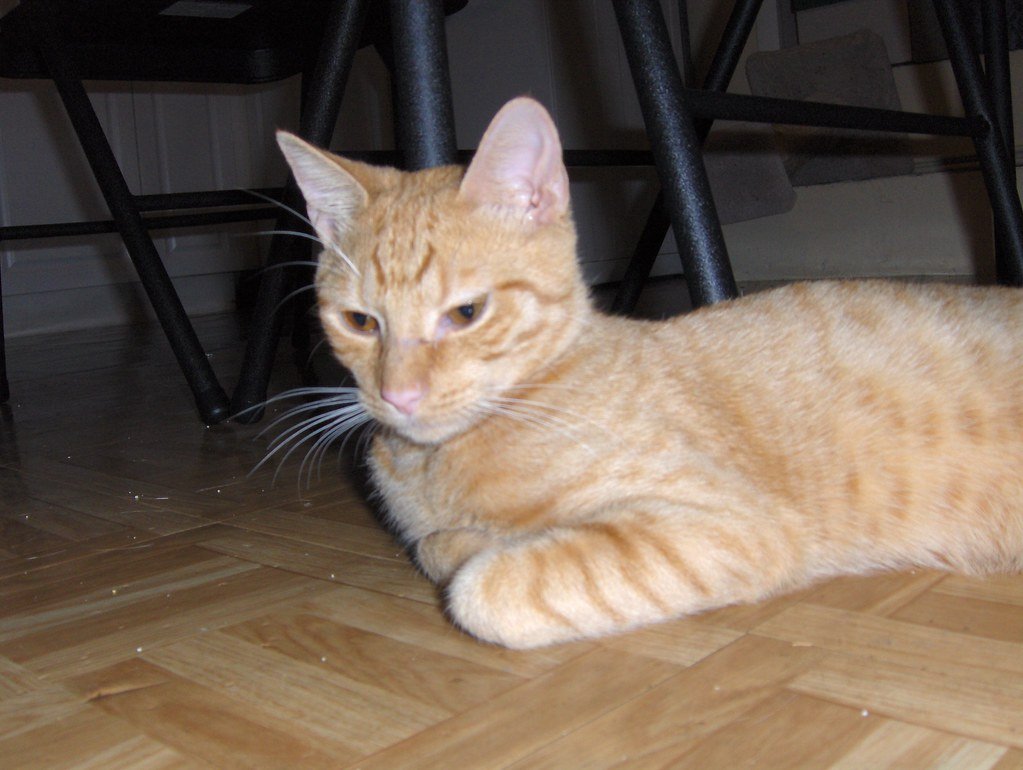
What’s actually happening is much more interesting than fictional pain immunity. Ragdolls have been selectively bred for an extremely calm, trusting temperament that borders on the unusual. When they’re picked up by someone they trust, their natural response is to completely relax rather than tense up or struggle.
This behavior is linked to their breeding for docility and their naturally low stress response. Think of it like the difference between a anxious rescue dog and a golden retriever puppy – some animals are just wired to be more trusting and relaxed. The flop is essentially an extreme version of a cat feeling completely safe and secure.
Not Every Ragdoll Actually Flops
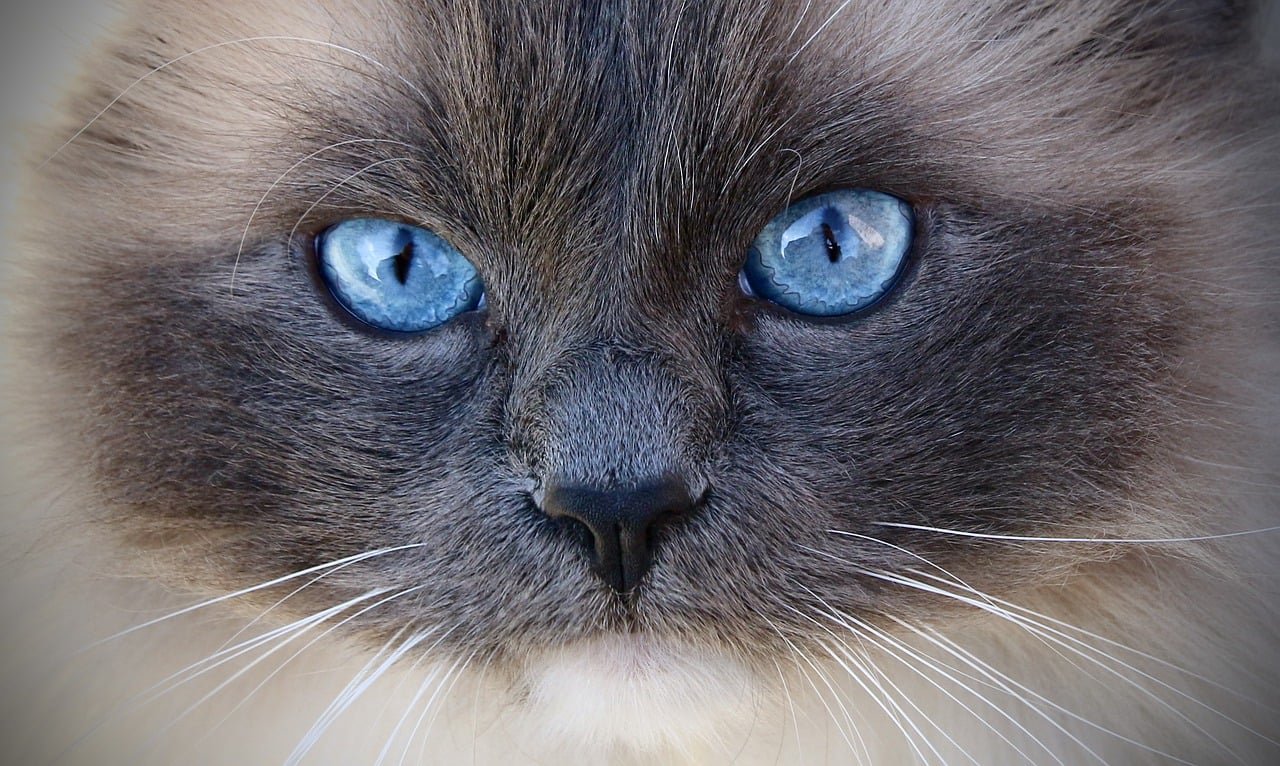
Here’s something that surprises many new Ragdoll owners: not every cat of this breed will do the famous flop. Some Ragdolls are perfectly normal in how they react to being handled, maintaining their muscle tone and showing typical cat behavior when picked up.
The degree of flopping varies enormously between individual cats and even depends on their relationship with the person holding them. A Ragdoll might go completely limp with their favorite human but remain alert and responsive when handled by a stranger or at the veterinarian’s office.
When the Flop Becomes a Problem

That adorable limpness can actually create some serious safety concerns that many owners don’t consider. A flopping Ragdoll can’t right themselves if they start to fall, making them more vulnerable to injuries from drops or mishandling. Children especially need to be taught proper handling techniques since these cats won’t instinctively protect themselves.
Some Ragdolls become so trusting that they’ll flop for anyone, including strangers who might not know how to properly support their weight. This has led to unfortunate accidents where well-meaning visitors have dropped surprised, limp cats.
The Indoor Cat Connection
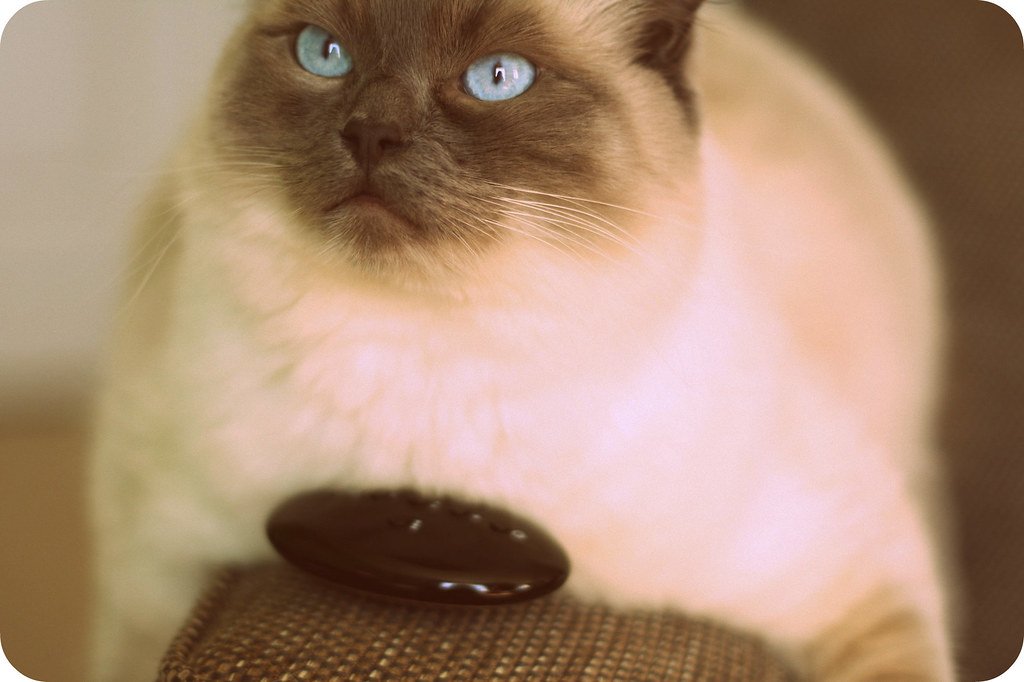
The flop behavior is one of the main reasons why Ragdolls are strictly indoor cats. Their trusting nature and tendency to go limp makes them sitting ducks for predators, aggressive dogs, or even cat thieves. A Ragdoll that flops for a stranger is essentially defenseless.
Unlike most cats who will scratch, bite, or flee when threatened, many Ragdolls will simply… flop. It’s endearing in your living room but potentially fatal in the real world. This trait has been so emphasized through breeding that many Ragdolls have lost typical feline survival instincts.
Training Owners, Not Cats
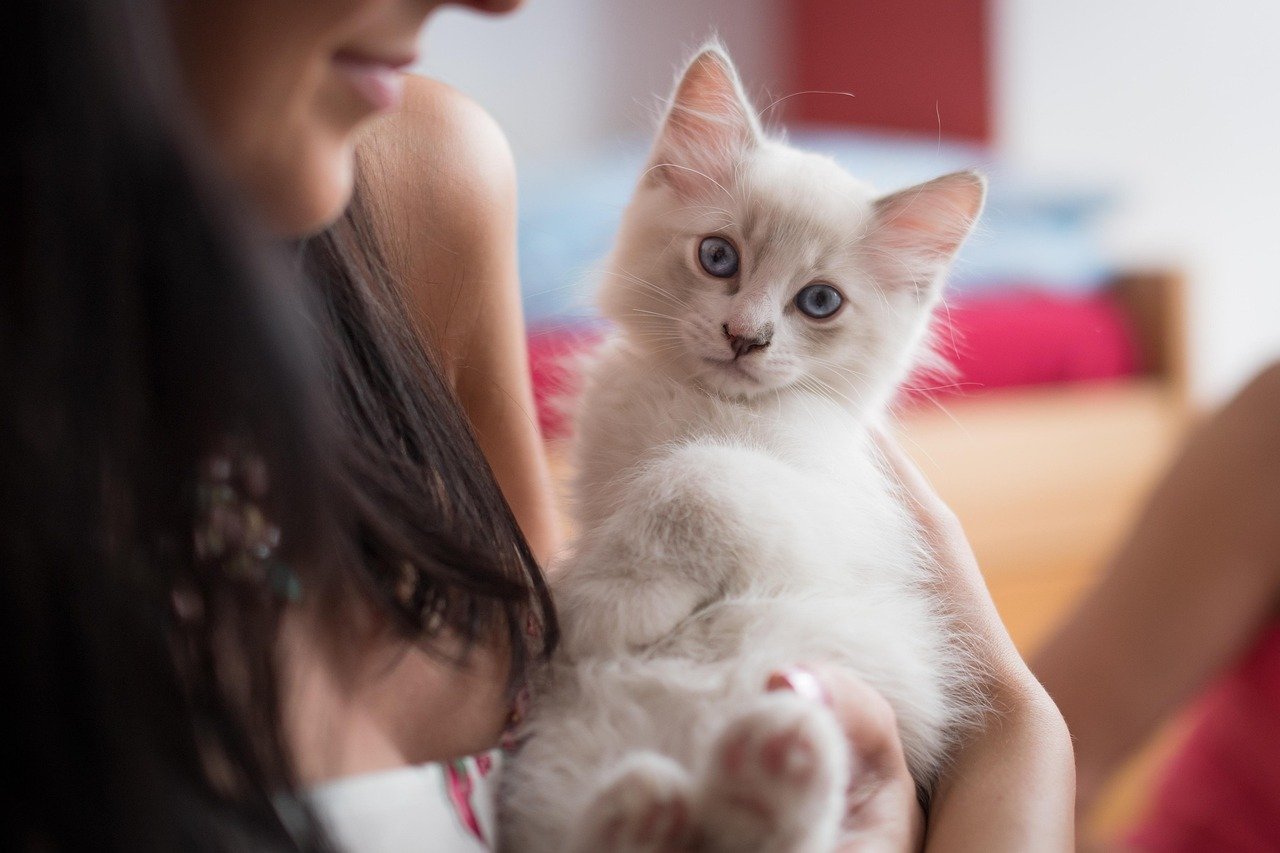
Responsible Ragdoll breeders spend considerable time educating new owners about proper handling techniques. Supporting the cat’s hindquarters is crucial since a flopping Ragdoll puts all their weight on their front legs and chest when picked up improperly.
Many owners also need to learn to recognize when their cat is truly relaxed versus when they might be in distress but unable to show it in typical feline ways. A Ragdoll in pain might still flop simply because that’s their default response, making health issues harder to detect.
The Breeding Controversy
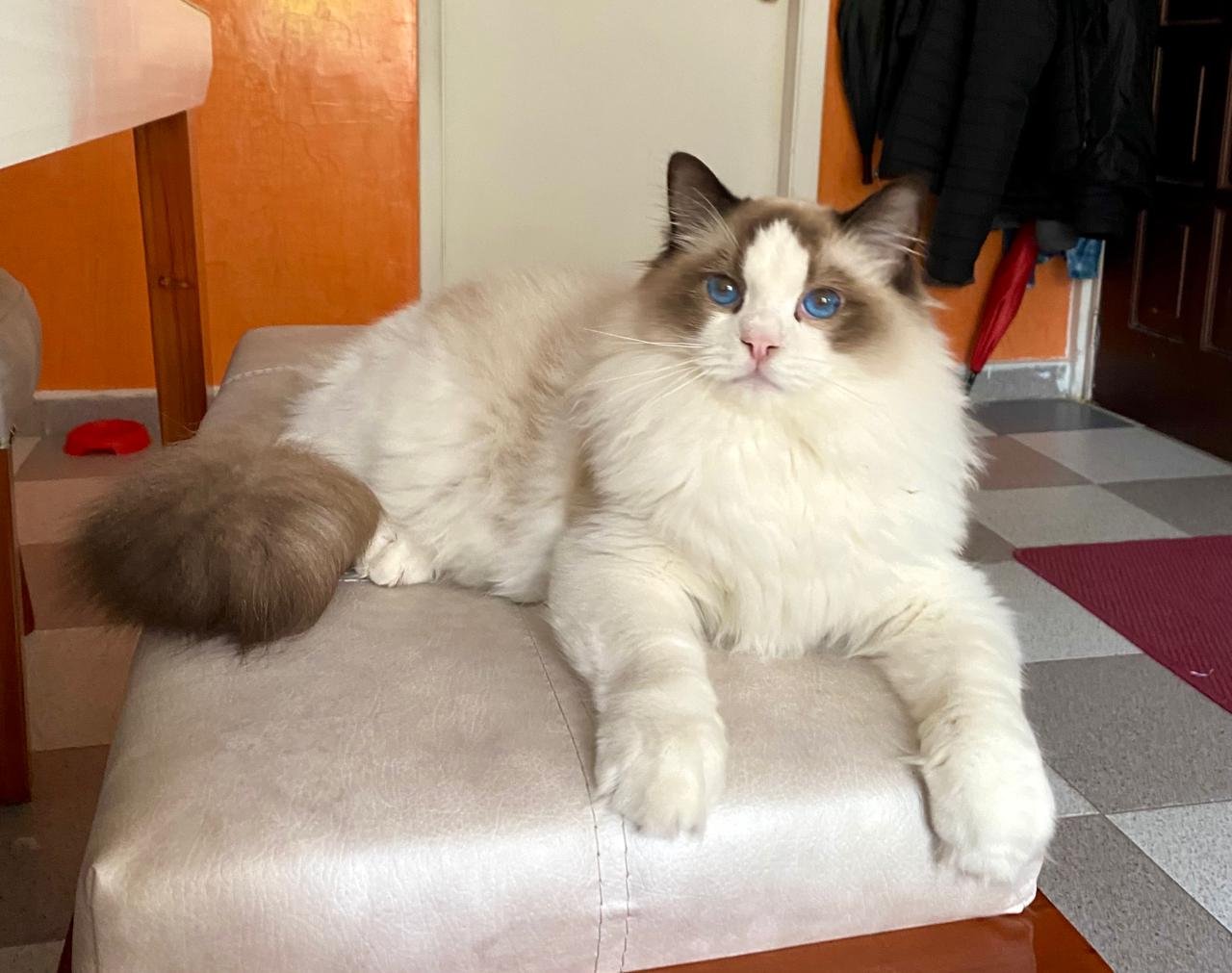
Some animal behaviorists question whether breeding for such extreme docility is actually ethical. Critics argue that removing natural defensive behaviors leaves these cats psychologically incomplete and overly dependent on human protection.
Supporters counter that Ragdolls are simply the ultimate companion cats, bred to be perfectly suited for indoor life with attentive owners. The debate continues in breeding circles, with some lines being bred for more moderate temperaments while others maintain the extreme flop response.
Health Implications Nobody Talks About
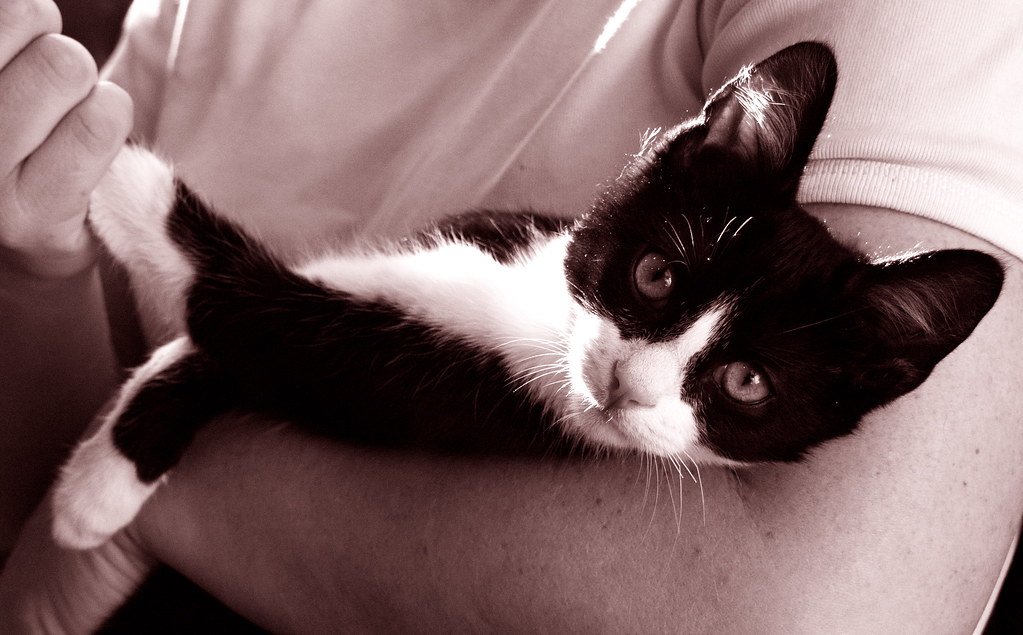
The ultra-relaxed nature can sometimes mask serious health problems. Ragdolls with joint pain, muscle weakness, or neurological issues might not show obvious signs of distress because their default mode is already so passive.
Regular veterinary checkups become even more critical for this breed since owners can’t rely on typical behavioral changes to indicate health problems. A limping cat is obvious, but a Ragdoll that’s always limp presents diagnostic challenges that require more thorough examinations.
Regional Variations in the Trait
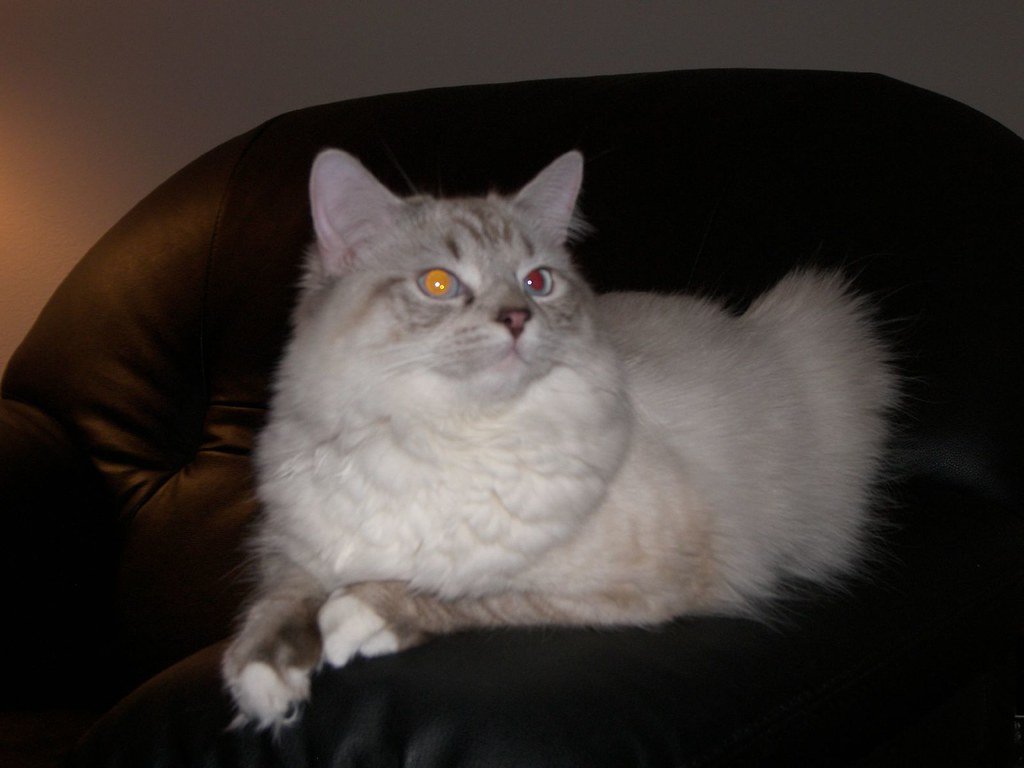
Interestingly, Ragdolls from different breeding lines and geographic regions show varying degrees of the flop response. European Ragdolls often display more typical cat behaviors while maintaining the breed’s gentle nature, while some American lines have been bred for more extreme docility.
This variation suggests that the flop isn’t necessarily an essential breed characteristic but rather a trait that’s been emphasized to different degrees by different breeders over the decades.
The Celebrity Cat Effect
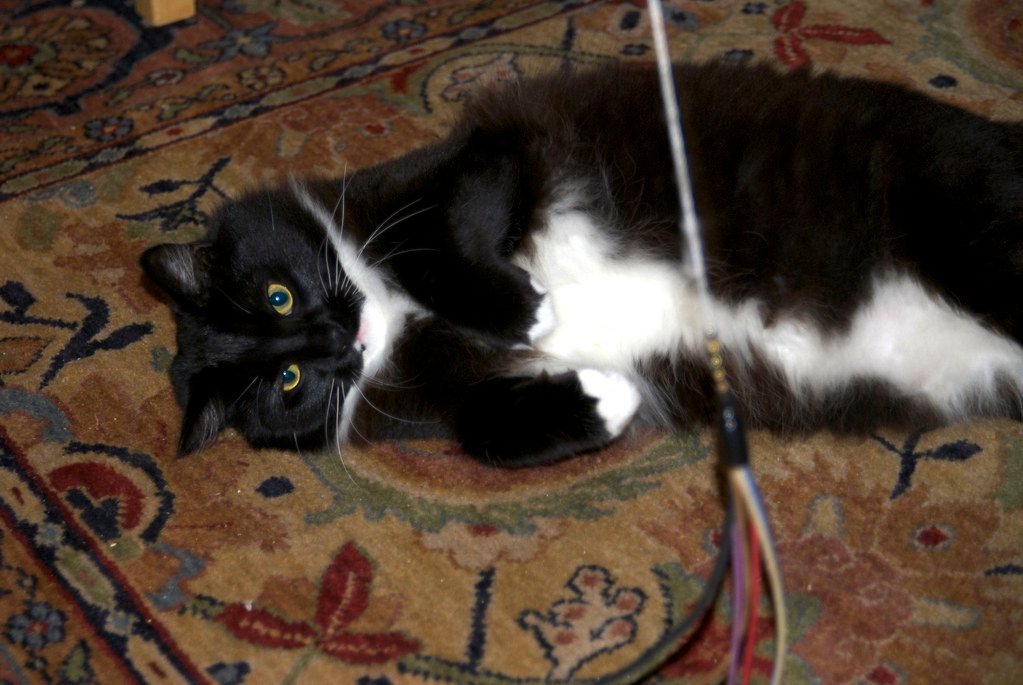
Social media has made the Ragdoll flop even more famous, with countless videos showing these cats going completely limp in their owners’ arms. While this exposure has increased the breed’s popularity, it’s also perpetuated misunderstandings about what the behavior means and how to handle these cats safely.
Many viral videos show improper handling techniques that could injure the cat, but viewers see the cute flop and miss the potential danger. This has led to more impulse purchases of Ragdoll kittens by people who aren’t prepared for the breed’s specific needs.
Living with a Flopper

Daily life with a Ragdoll that flops requires some adjustments that other cat owners never consider. Furniture needs to be arranged differently since these cats can’t always land on their feet if they fall. Some owners install extra cat trees and ramps to give their floppy friends safer ways to navigate vertical spaces.
The flip side is that grooming, nail trimming, and veterinary procedures are often much easier with a cooperative, limp cat. Many Ragdoll owners report that routine care is stress-free compared to wrestling with a typical, squirmy feline.
The Future of the Flop

Modern Ragdoll breeding is slowly evolving toward more balanced temperaments that maintain the breed’s gentle nature without the extreme limpness that can create safety concerns. Some breeders are working to preserve the calm, affectionate personality while allowing cats to retain more natural defensive behaviors.
This shift reflects growing awareness that while the flop is undeniably charming, it shouldn’t come at the expense of the cat’s ability to protect itself when necessary. The goal is finding the sweet spot between docility and natural feline instincts.
Conclusion: Understanding Beyond the Myth
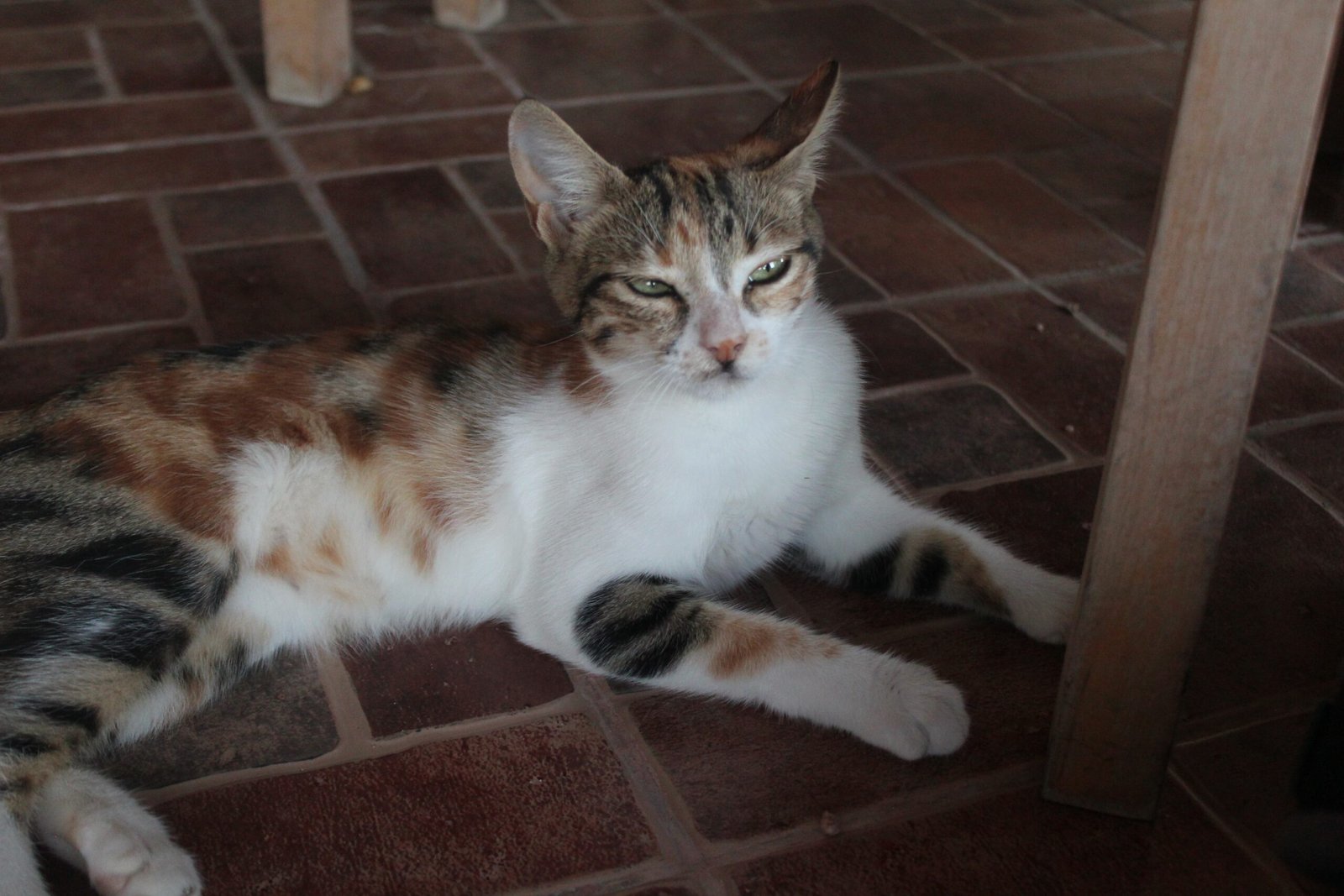
The Ragdoll’s famous flop is neither magical nor medical – it’s simply the result of selective breeding for extreme trust and docility. While this trait makes these cats wonderfully affectionate companions, it also requires owners to take on greater responsibility for their pet’s safety and wellbeing.
Understanding the truth behind the flop helps ensure these gentle giants get the care and protection they need. After all, a cat that trusts you enough to go completely limp in your arms deserves nothing less than your complete commitment in return.
Have you ever experienced the surreal sensation of holding a completely relaxed, 15-pound cat that feels more like a warm, breathing pillow than a living animal?
Hi, I’m Bola, a passionate writer and creative strategist with a knack for crafting compelling content that educates, inspires, and connects. Over the years, I’ve honed my skills across various writing fields, including content creation, copywriting, online course development, and video scriptwriting.
When I’m not at my desk, you’ll find me exploring new ideas, reading books, or brainstorming creative ways to solve challenges. I believe that words have the power to transform, and I’m here to help you leverage that power for success.
Thanks for stopping by, Keep coming to this website to checkout new articles form me. You’d always love it!






